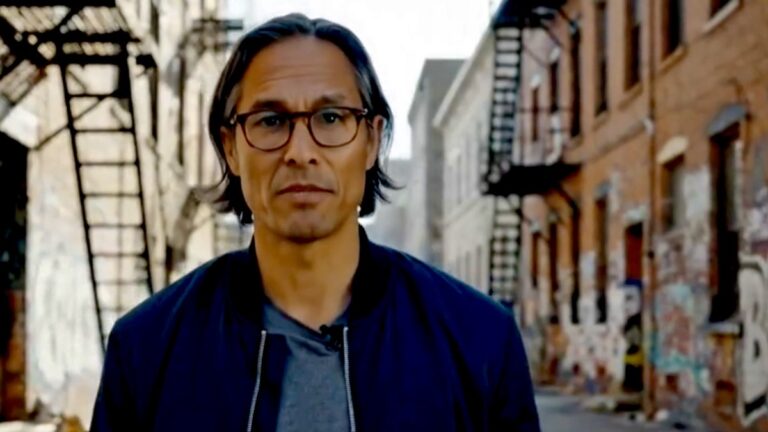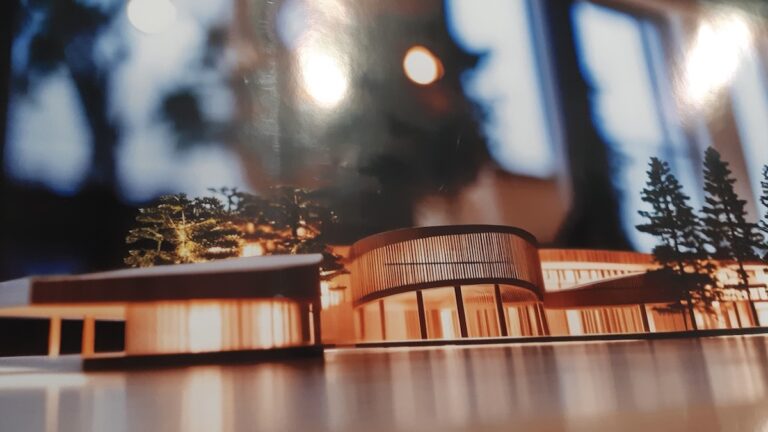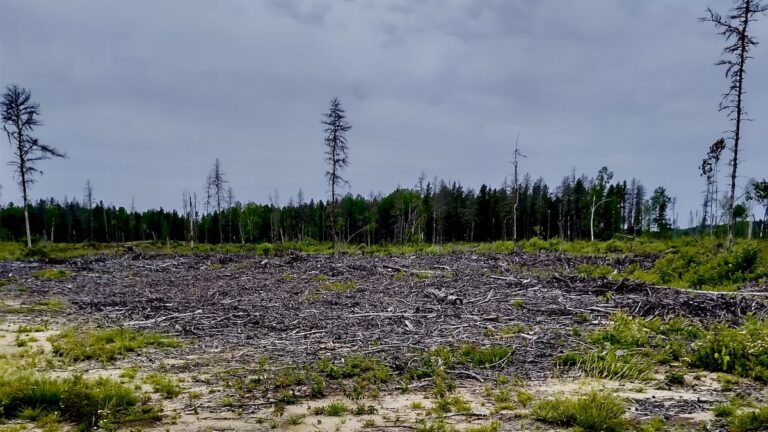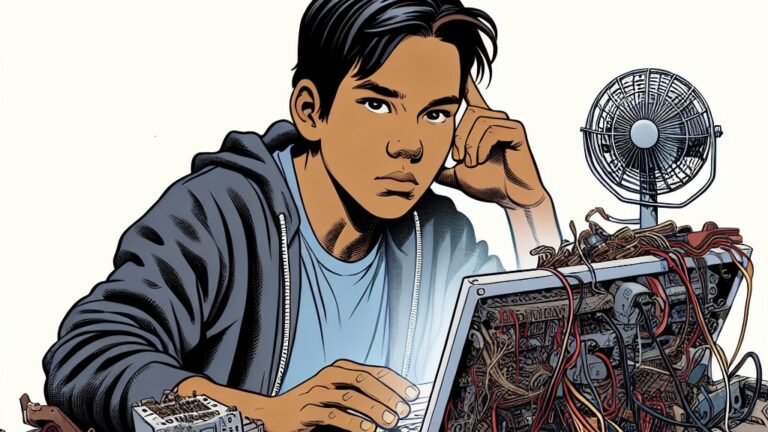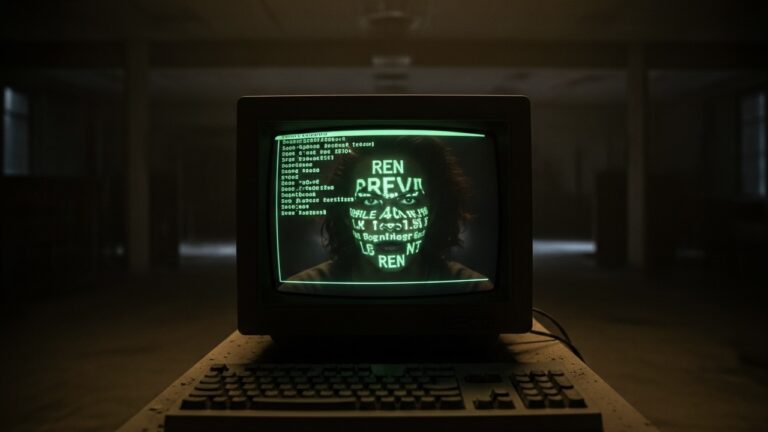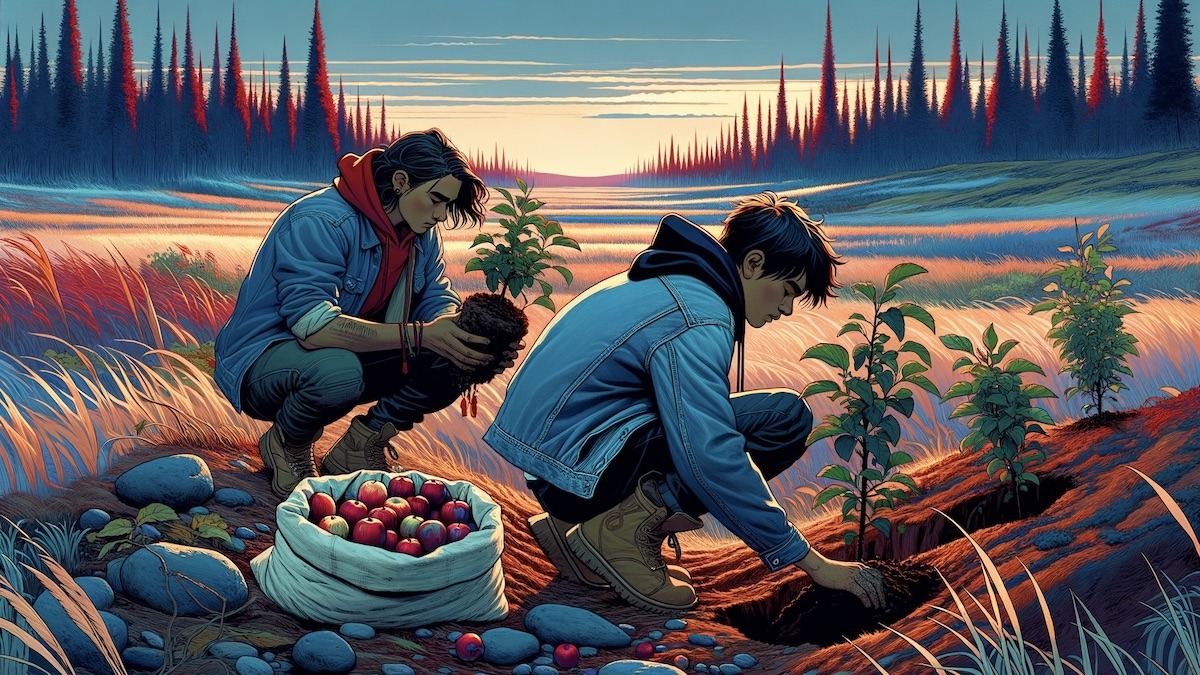
ECO-STAR accelerates climate innovation by uniting AI, Indigenous wisdom, circular design, and regenerative business models.
Innovation as an Act of Radical Empathy
In the lexicon of conventional business, the “customer” is often reduced to a target. They are a demographic to be captured, a market share to be won, a consumer to be converted. This language of conquest reveals a fundamental flaw in the underlying relationship—it is transactional, extractive, and ultimately, devoid of humanity. We reject this. Our second principle reframes the “customer” entirely. They are not a target on a marketing plan; they are the protagonist of a story. Our work is to serve and empower them. Innovation is an act of radical empathy.
We build tools for heroes, not products for consumers. We seek to understand their journey, their struggles, and their dreams, so we may offer a gift that truly aids their quest.
Beyond the Persona: Seeing the Whole Person
User personas and demographic profiles are useful tools, but they are only the beginning. They are maps, but they are not the territory. A map can tell you a person’s age, income, and location, but it cannot tell you what makes their heart ache or what brings them a moment of transcendent joy. It cannot tell you about the ancestral responsibilities they carry or the future they long to build for their children. To innovate in a meaningful way, we must move beyond the data points and seek to understand the whole person in the full, complex context of their lives.
This requires a different set of tools. Not just surveys and analytics, but deep listening, genuine conversation, and shared experience. It means showing up in the community not as an expert with solutions, but as a humble apprentice, ready to learn. For an artist, this is the difference between creating work *about* a community and creating work *with* and *for* a community. For a social entrepreneur, it is the difference between designing a program based on assumptions and co-creating it with the very people it is meant to serve. This is the heart of human-centered design, taken a step further into community-centered co-creation.
The Unmet Need as the Call to Adventure
Every great story begins with a hero who is called to an adventure, a challenge they cannot overcome with the tools they currently possess. This is the “unmet need.” It is not a “pain point” to be exploited for profit, but a genuine gap between the world as it is and the world as it could be. Our role as innovators is to be the wise mentor or the skilled artisan who appears at this critical moment and provides the hero with the very thing they need to continue their journey—be it a tool, a piece of knowledge, a new connection, or an object of beauty that nourishes their spirit.
To identify this need, we must become ethnographers of the everyday. We must observe with open eyes and an open heart. What are the workarounds people have invented to solve a recurring problem? Where do they express frustration or resignation? What are the quiet, unspoken aspirations that lie dormant, waiting for a catalyst? Often, the most powerful innovations address needs that people may not even know how to articulate. They don’t just give people what they ask for; they give them what they need on a deeper level.
Provocations for the Creator
Before you build, before you create, sit with these questions. They are your guide to finding the hero of your story and understanding their quest:
- Who are you truly serving? Move beyond labels and describe the person. What is their name? What does their day look like?
- What is the “job” they are trying to get done in their life, for which they might “hire” your solution? Is it a functional job, a social job, or an emotional one?
- What does success look like from their perspective, not yours? How will their life be better if your innovation succeeds?
- Are you walking alongside them on their journey, or are you shouting at them from a distance? How can you get closer?
When you see the “customer” as the hero, your work transforms. You are no longer just building a business or a project; you are participating in their story. Your success is inextricably linked to theirs. This is not just a better way to do business; it is a more meaningful way to live.
About the Program
ECO-STAR NORTH is a multifaceted initiative that operates at the intersection of applied research and interdisciplinary arts. At its core, the project is a rigorous inquiry into how mainstream innovation frameworks can be thoughtfully decolonized and adapted to serve the unique cultural and economic landscapes of creative communities. Rather than a top-down model, it functions as a living social sculpture, employing community-led, arts-based methodologies to co-create tools and knowledge. The project weaves together threads from creative entrepreneurship, artificial intelligence, climate action, Indigenous epistemologies, and emerging technologies, framing the development of a sustainable and sovereign creative economy not just as a business challenge, but as a collective work of interdisciplinary art.

